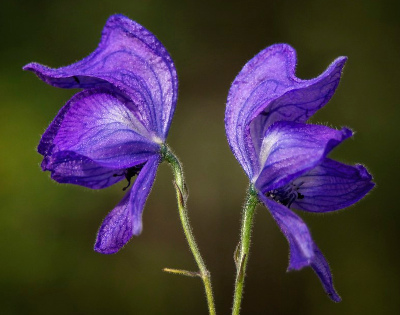What is the Driftless Area Magazine about?
Uniquely Found Here in the 4 State Majestic Driftless Area!
“The Driftless Area Magazine explores travel and lodging, outdoor sports, health and fitness, food and entertainment, and our local shops and markets.
We place emphasis on our people and their personalities, our unique environment, our amazing cities, our land conservancy efforts, our agricultural roots, and our style and culture, uniquely found here, in the 4 State Majestic Driftless Area.”
How does the Driftless Area Magazine define a city?
Wikipedia Version [https://en.wikipedia.org/wiki/City]
A city is distinguished from other human settlements by its relatively great size, but also by its functions and its special symbolic status, which may be conferred by a central authority. The term can also refer either to the physical streets and buildings of the city or to the collection of people who dwell there, and can be used in a general sense to mean urban rather than rural territory.
A variety of definitions, invoking population, population density, number of dwellings, economic function, and infrastructure, are used in national censuses to classify populations as urban. Common population definitions for a city range between 1,500 and 50,000 people, with most U.S. states using a minimum between 1,500 and 5,000 inhabitants. However, some jurisdictions set no such minimums. In the United Kingdom, city status is awarded on local criteria. According to the “functional definition” a city is not distinguished by size alone, but also by the role it plays within a larger political context. Cities serve as administrative, commercial, religious, and cultural hubs for their larger surrounding areas. Examples of settlements called city which may not meet any of the traditional criteria to be named such include Broad Top City, Pennsylvania (pop 452) and City Dulas, Anglesey, a hamlet.
The presence of a literate elite is sometimes included in the definition. A typical city has professional administrators, regulations, and some form of taxation (food and other necessities or means to trade for them) to feed the government workers. (This arrangement contrasts with the more typically horizontal relationships in a tribe or village accomplishing common goals through informal agreements between neighbors, or through leadership of a chief.) The governments may be based on heredity, religion, military power, work projects such as canal building, food distribution, land ownership, agriculture, commerce, manufacturing, finance, or a combination of these. Societies that live in cities are often called civilizations.
The word city and the related civilization come, via Old French, from the Latin root civitas, originally meaning citizenship or community member and eventually coming to correspond with urbs, meaning city in a more physical sense. The Roman civitas was closely linked with the Greek “polis”—another common root appearing in English words such as metropolis.
What is that bluish-purple flower on the Driftless Area Magazine Logo?
Northern Monkshood
 The threatened Northern monkshood, belonging to the buttercup family, grows on 114 algific (cold air) talus (loose rock) slopes and similar cool moist habitats here in the Driftless Region. The majority of the sites are in Iowa. The purple hood-shaped flower, an adaptation for bumble bee pollination, was listed as threatened in 1978. Its options for recovery are similar to the Iowa Pleistocene Snail.
The threatened Northern monkshood, belonging to the buttercup family, grows on 114 algific (cold air) talus (loose rock) slopes and similar cool moist habitats here in the Driftless Region. The majority of the sites are in Iowa. The purple hood-shaped flower, an adaptation for bumble bee pollination, was listed as threatened in 1978. Its options for recovery are similar to the Iowa Pleistocene Snail.
Northern monkshood is noted for its very distinctive, blue hood-shaped flowers. The flowers are about 1 inch long, and a single stem may have many flowers. Stems range from about 1 to 4 feet in length. The leaves are broad with coarse, toothed lobes.
Northern monkshood is a perennial and reproduces from both seed and small tubers. The flowers bloom between June and September, and are pollinated when bumblebees pry open the blossom to collect nectar and pollen. [https://www.fws.gov/refuge/Driftless_Area/wildlife_and_habitat/index.html]
